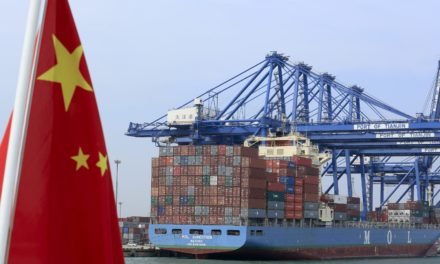A surprising rise in the United States crude inventories enabled oil prices to remain on the level during trading hours on Wednesday, May 17th. But this was not without consequence as this sudden increase fired up demand concerns giving a tighter supply outlook for the second half of 2023.
Last week, US crude stockpiles were up by around 3.6 million barrels according to the American Petroleum Institute. This was unexpected as a number of analysts expected a drawdown of approximately 900,000 barrels.
As of 9:21 am (GMT), Benchmark Brent crude futures were up 0.7%, closing at $74.42 per barrel. West Texas Intermediate US crude, on the other hand, fell by about $0.05, starting trading at $70.81 a barrel.
Outpacing Demand
Before this, the International Energy Agency made a daunting forecast on Tuesday, May 16th, that oil demand in the second half of the year would exceed supply by around two million barrels a day. The IEA also pointed out that China would make up more than half of global oil demand growth.
OANDA analyst Edward Moya suggested that crude prices will stay at substantial levels as traders are unable to allay concerns regarding the growing demand for oil in the coming months. Regardless of how upbeat the outlook is for China later in the year, current circumstances are not inspiring optimism in the market.
Impacting Economies
Meanwhile, the increase in the US crude stockpile fueled serious concerns about the growth of the country’s economy, following reports that retail sales in April missed the 0.8% increase previously forecast.
This has compounded an already complicated situation wherein the US could find itself in economic default by early next month. The possibility of this happening has been bolstered by the continued impasse in the House of Representatives regarding the county’s debt ceiling.
Vanda Insights founder Vandana Hari remarked that global markets are currently turning a wary eye on the outcome of the congressional debate on raising the debt ceiling, leading to what is essentially an economic standstill.
The Chinese economy, on the other hand, appears to have lost its momentum in the second quarter of the year, seeing how industrial output and retail sales growth failed to hit the mark in April. Here, Vanda pointed out how China’s macroeconomic reports for April 2023 confirmed that the country’s economy remains slow to recover.















